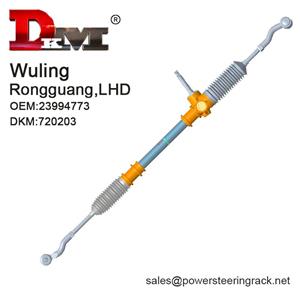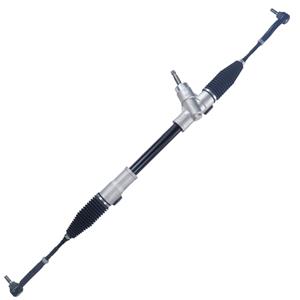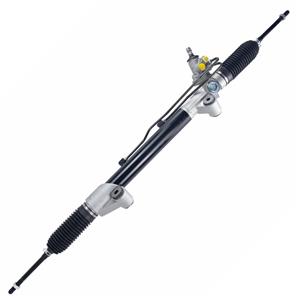News
-
DKM has launched a new product: the 702805/C420 steering rack, OEM number 45510-58010. This RHD steering rack is suitable for Alphard ACR50 models equipped with hydraulic power steering rack. As an original replacement part, it's designed to precisely match vehicle specifications and effectively resolve common issues such as steering failure, oil leaks, and unusual noises, restoring the vehicle's original handling and driving safety. It's a reliable solution for these repair needs.
-
DKM has launched a new product: the 350112 steering rack, OEM number 898394877 . This LHD steering rack is suitable for ISUZU D-MAX 2WD models equipped with hydraulic power steering rack. As an original replacement part, it's designed to precisely match vehicle specifications and effectively resolve common issues such as steering failure, oil leaks, and unusual noises, restoring the vehicle's original handling and driving safety. It's a reliable solution for these repair needs.
-
DKM has launched a new product: the 701606/ C657 steering rack, OEM number 44200-42130. This RHD steering rack is suitable for TOYOTA RAV4 models equipped with hydraulic power steering rack. As an original replacement part, it's designed to precisely match vehicle specifications and effectively resolve common issues such as steering failure, oil leaks, and unusual noises, restoring the vehicle's original handling and driving safety. It's a reliable solution for these repair needs.
-
DKM has launched a new product: the 620301 / C505 steering rack, OEM number 490018112R . This LHD steering rack is suitable for Renault MASTER III models equipped with hydraulic power steering rack. As an original replacement part, it's designed to precisely match vehicle specifications and effectively resolve common issues such as steering failure, oil leaks, and unusual noises, restoring the vehicle's original handling and driving safety. It's a reliable solution for these repair needs.
-
2712-2025
Basic Knowledge of Steering Gear Systems
-
3011-2025
Join Us at the Automechanika Dubai 2025




